Search
Did you mean: Enoch?
Remove Ads
Advertisement
Summary 
Loading AI-generated summary based on World History Encyclopedia articles ...
Search Results
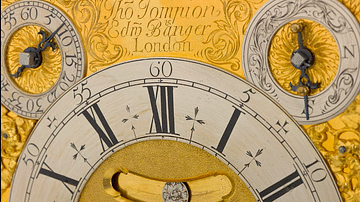
Article
Clocks in the Scientific Revolution
Keeping good time proved an elusive objective for centuries, and it was only in the second half of the 17th century, during the Scientific Revolution (1500-1700), that clocks were made which lost seconds rather than minutes each day. The...
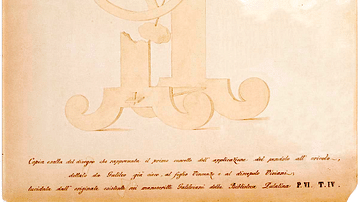
Image
Galileo's Design for a Pendulum Clock
A design for a pendulum clock made by Galileo Galilei (1564-1642) in the last year of his life. Galileo never made a working model of the clock (although his son did in 1649). Illustration by Vincenzo Viviani. (Science Museum, London)
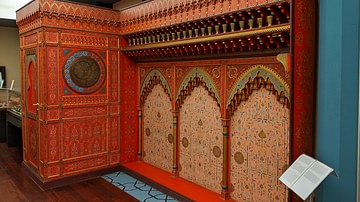
Image
Water Clock, Al-Qarawiyyin Mosque
This reconstruction of the 14th-century water clock from the Dar al-Muwaqqit of the al-Qarawiyyin Mosque (Fez, Morocco) is now on display at the Istanbul Museum of the History of Science and Technology in Islam. The Dar al-Muwaqqit is a...

Image
Detail, Tompion Clock Face
A detail of a table clock made by Thomas Tompion (1639-1713). Perhaps made for Anne, Queen of Great Britain (r. 1702-1714) around 1708. (Science Museum, London)
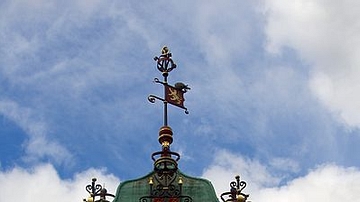
Image
Eastgate Clock Chester
The Eastgate Clock, Chester, Cheshire, England. Stands on the site of the original entrance to the Roman fortress of Deva Victrix. Installed in 1899 CE.
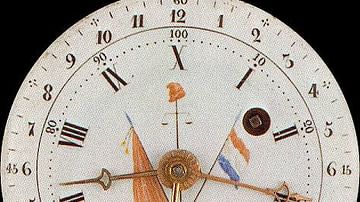
Image
Decimal Clock
A decimal clock manufactured during the French Revolution. Decimal time is measured on the inside of the clock while duodecimal time is on the outside, late 18th/early 19th century.
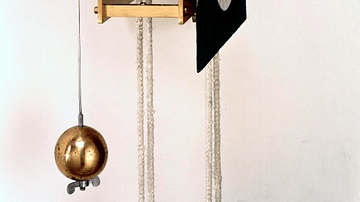
Image
Huygen's Pendulum Clock
A reconstructed model of a pendulum clock designed and built by the Dutch mathematician and astronomer Christiaan Huygens (1629-1695). The device has two weights and two pulleys which are driven by the swing of the pendulum. (Science Museum...
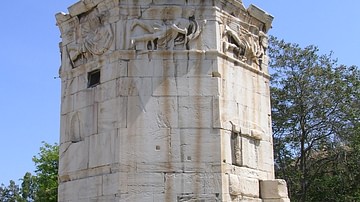
Image
The Clock of Andronicus Cyrrhestes
Also known as the Tower of the Winds because of the relief carvings of the eight winds near its top, this marble tower, built in the first century BCE, contained the clock which ran on water from the Acropolis spring. It was located in the...
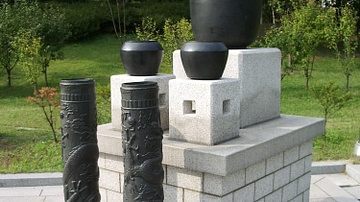
Image
Sejong-era Water Clock Replica
Replica of a water-powered clock invented in 1433 CE by the royal scholars under the guidance of King Sejong the Great (r. 1418-1450 CE).
Yeouido Park, Seoul, South Korea.
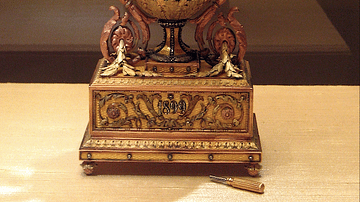
Image
Madonna-Lily Clock Egg by Fabergé
The 1899 Madonna-Lily Clock Egg by Peter Carl Fabergé (1846-1920). The egg was given by Tsar Nicholas II (r. 1894-1917) to his wife Alexandra Feodorovna. The egg is made of gold with yellow enamel and set with rose diamonds. The central white...